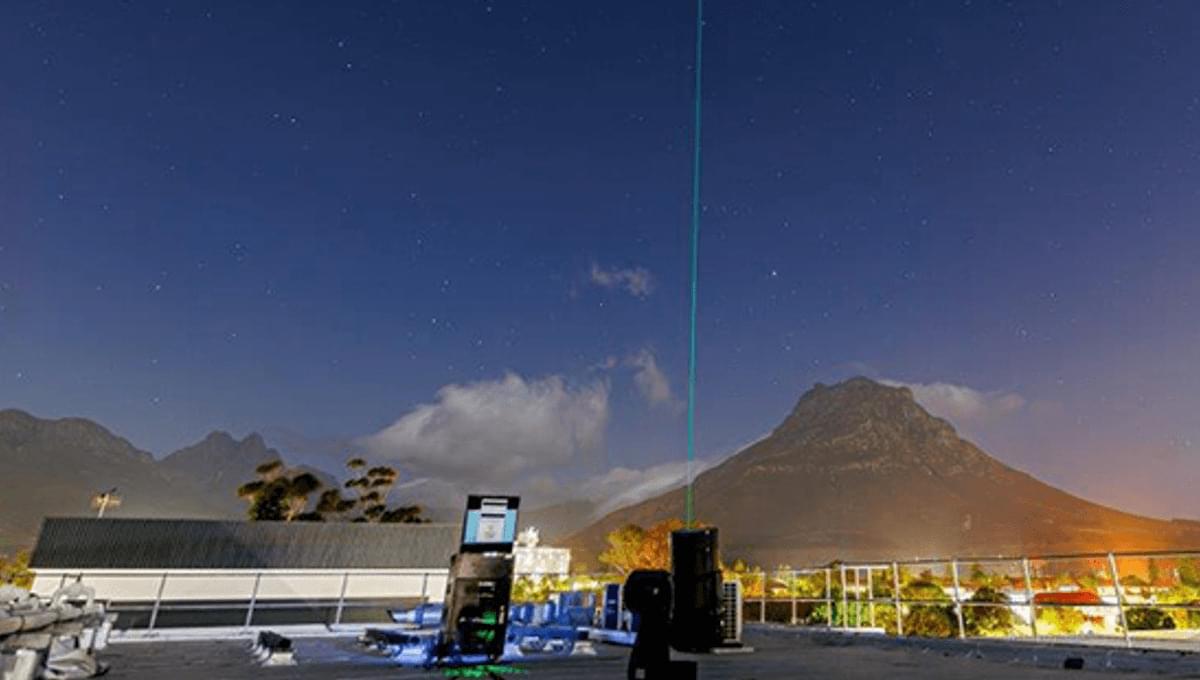Report highlights the technologies set to positively impact society within the next three to five years.
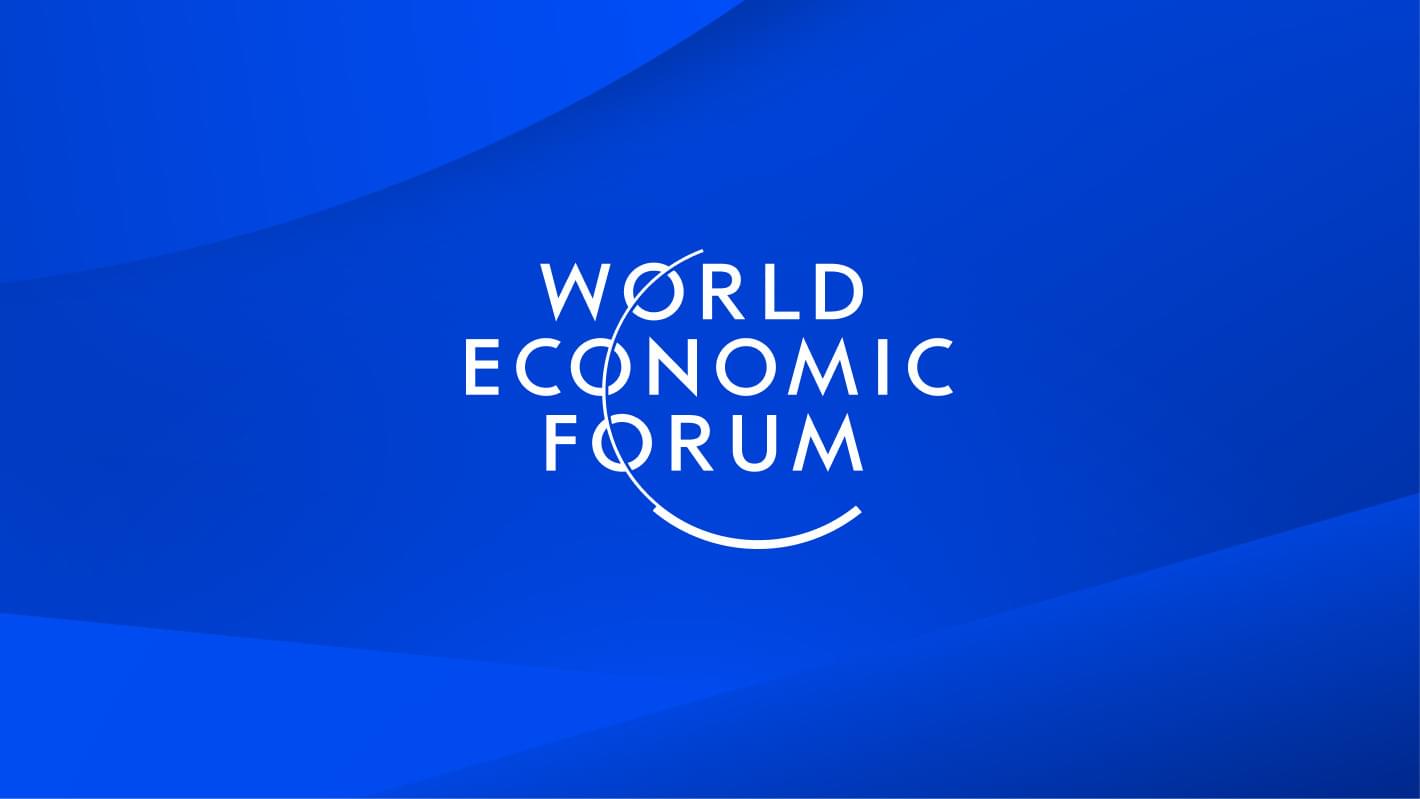

The Top 10 Emerging Technologies of 2024 report highlights the technologies set to positively impact society within the next three to five years.

Two different teams of astronomers have detected oxygen in the most distant known galaxy, JADES-GS-z14-0. The discovery, reported in two separate studies, was made possible thanks to the Atacama Large Millimeter/submillimeter Array (ALMA), in which the European Southern Observatory (ESO) is a partner. This record-breaking detection is making astronomers rethink how quickly galaxies formed in the early universe.
Discovered last year, JADES-GS-z14-0 is the most distant confirmed galaxy ever found: it is so far away, its light took 13.4 billion years to reach us, meaning we see it as it was when the universe was less than 300 million years old, about 2% of its present age.
The new oxygen detection with ALMA, a telescope array in Chile’s Atacama Desert, suggests the galaxy is much more chemically mature than expected.
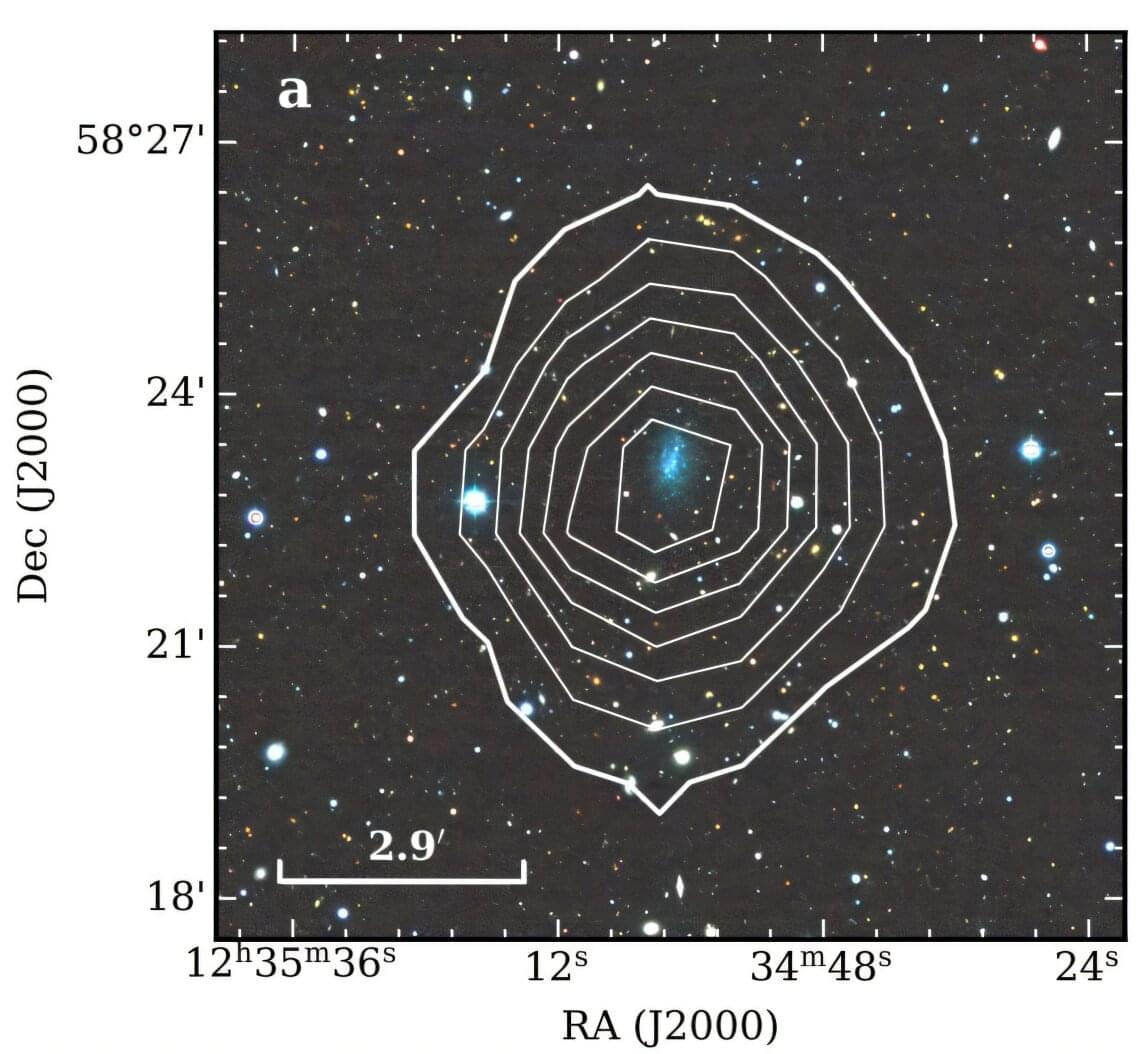
Using the Five-hundred-meter Aperture Spherical radio Telescope (FAST), Chinese astronomers have detected a new ultra-faint dwarf galaxy, which turned out to be gas-rich. The finding was reported in a research paper published March 12 on the preprint server arXiv.
The so-called ultra-faint dwarf galaxies (UFDs) are the least luminous, most dark matter –dominated, and least chemically evolved galaxies known. Therefore, they are perceived by astronomers as the best candidate fossils from the universe at its early stages.
A team of astronomers led by Jin-Long Xu of the Chinese Academy of Sciences (CAS) is carrying out a FAST extragalactic H I (neutral atomic hydrogen) survey (FASHI). One of the objectives of this survey is to search for dark and weak galaxies. Now, they report the finding of a new UFD as part of this project.
A new study using the Dark Energy Survey (DES) final datasets suggests potential inconsistencies in the standard cosmological model, known as ΛCDM. If confirmed, these findings could fundamentally alter our understanding of the universe.
DES was conducted using the 570-megapixel Department of Energy-fabricated Dark Energy Camera (DECam), mounted on the U.S. National Science Foundation Víctor M. Blanco 4-meter Telescope at Cerro Tololo Inter-American Observatory in Chile, a Program of NSF NOIRLab.
The ΛCDM (Lambda-CDM) model has been the foundation of modern cosmology for some time now, successfully describing large-scale structures in the universe. It proposes that 95% of the cosmos is composed of dark matter (25%) and dark energy (70%)—mysterious substances whose nature remains unknown. Only 5% of the universe consists of ordinary matter.

Dark energy, the mysterious force thought to be driving the ever-faster expansion of the universe, appears to be changing over time, according to new observations released Wednesday.
If dark energy is in fact weakening, it would likely mean that science’s understanding of how the universe works will need to be rewritten.
The new findings come from the Dark Energy Spectroscopic Instrument (DESI), which sits on a telescope at the Kitt Peak National Observatory in the U.S. state of Arizona.
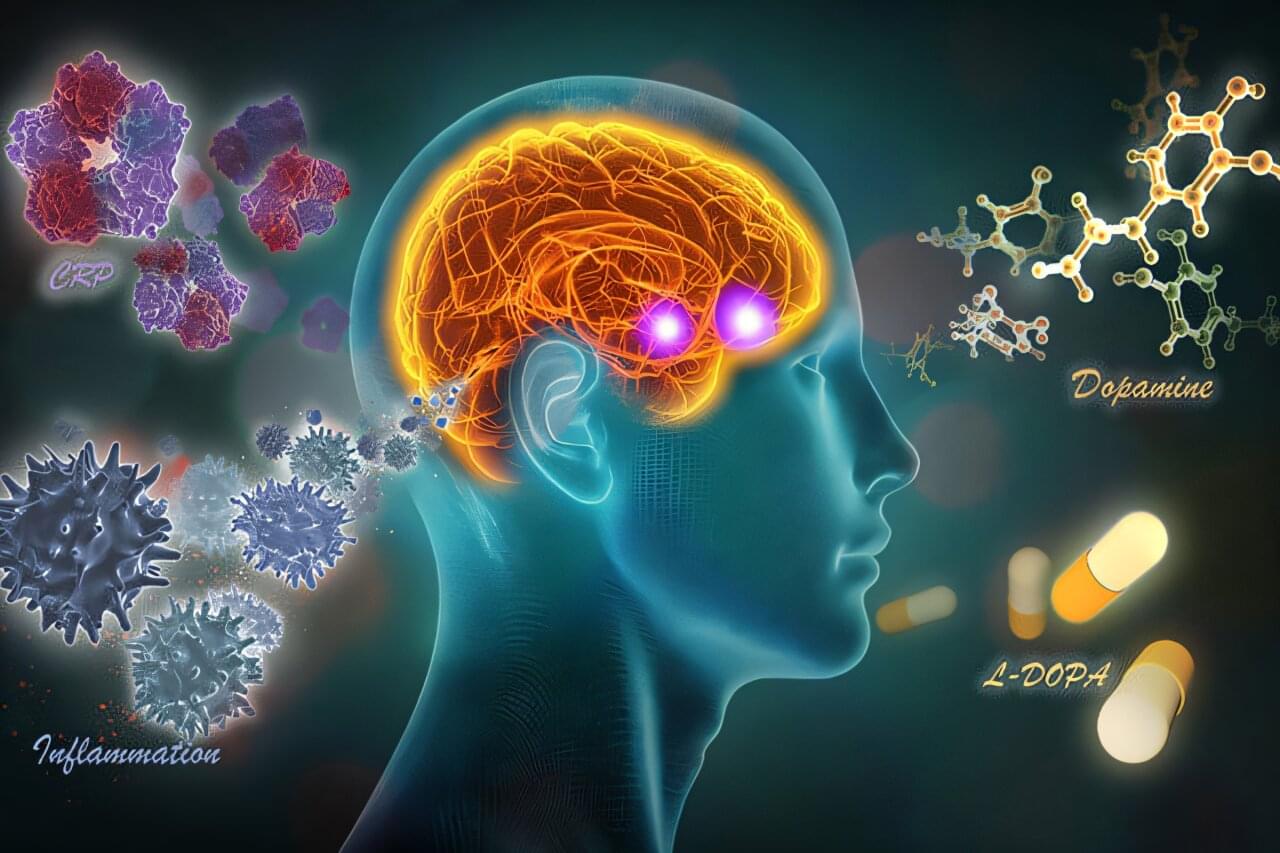
A study from Emory University suggests that levodopa, a medication that increases dopamine levels in the brain, may help treat individuals with depression who experience motivational impairments due to high inflammation. Researchers found that a common blood test measuring C-reactive protein (CRP), a blood biomarker of inflammation produced by the liver, could help determine which patients are most likely to respond to repeated doses of levodopa.
The findings, published in the March 2025 print edition of Brain, Behavior and Immunity, show that in participants with CRP levels above 2 mg/L, daily administration of levodopa improved connectivity within a key brain reward pathway—the ventral striatum to the ventromedial prefrontal cortex —after just one week of treatment across a range of doses.
While about half of the participants responded best to a lower dose of 150 mg/day, the other half required up to 450 mg/day for levodopa to effectively overcome the effects of inflammation on this dopamine-rich reward circuit.
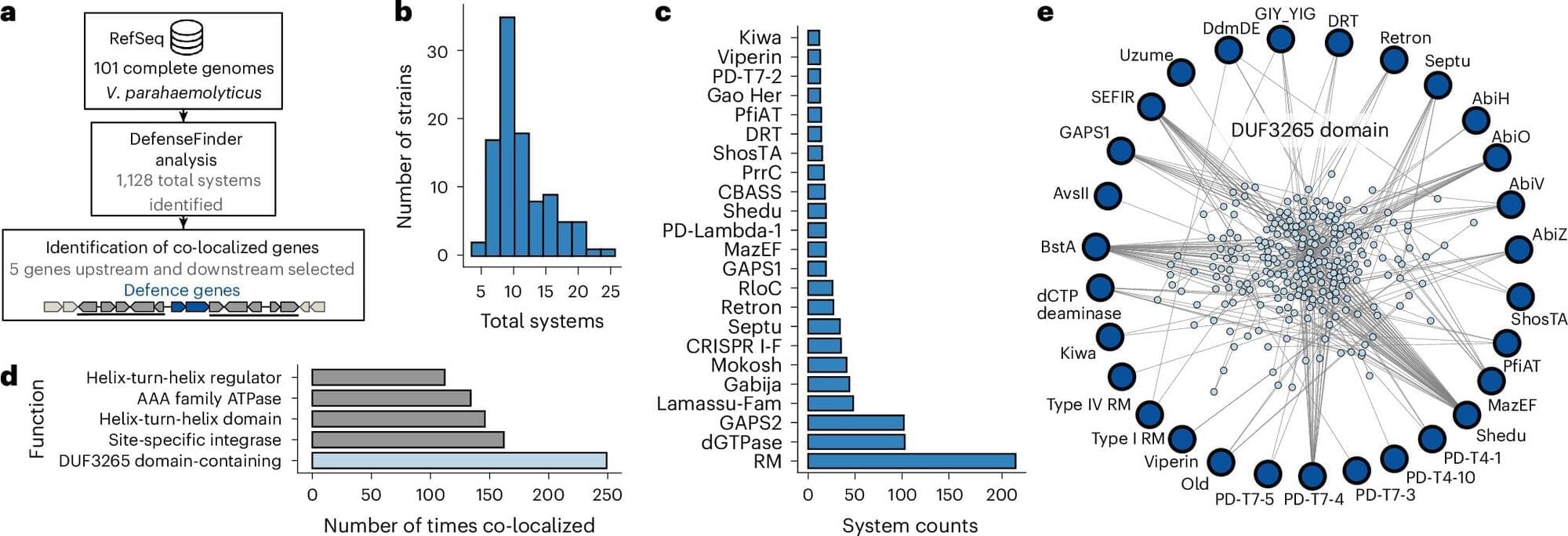
University of Toronto researchers have discovered nine new genes used by bacteria to protect themselves against phages—viruses that infect them.
In a study published in Nature Microbiology, the researchers describe how they used a combination of bioinformatics and laboratory testing—on sediment samples obtained from tanks at Ripley’s Aquarium of Canada—to identify the previously unknown defense genes.
The findings could have profound implications for the development of strategies to treat bacterial infections, particularly those that are drug resistant.
